Hello everyone! The discussion about damask roses earlier this year got me wondering if there were any other old garden roses native to the Middle East, especially ancient or historically important ones. I embarked on a quest to find out. Google books and HelpMeFind reference pages provided me with a wealth of information, but there is so much conflicting information, and I am having trouble sorting it all out. I would greatly appreciate it if you could offer me some insight on this subject. I will break down the information and questions by rose classes. Here is what I found out:
R. damascena~
From what I understand, the original damask roses that are in commerce in the U.S. are Kazanlik (Trigintipetala), Gloire de Guilan, and Autumn Damask, and possibly York and Lancaster. I have heard that York and Lancaster is a sport of Kazanlik, is this true? Also, some say that Professeur Emile Perrot is a synonym for Kazanlik, while others claim it is a different rose entirely. What is your stance on the subject? I also learned that Kazanlik occasionally repeats bloom in warm climates. I found this surprising, as Autumn Damask is the only mentioned repeat blooming rose in history until the introduction of roses from China. Then again, I read that there used to be two “monthly roses” introduced to Europe prior to the introduction of the China roses, one being a light pink and one being a darker pink. I am wondering if Kazanlik could have been the other “monthly rose.” In regards to the damask rose Ispahan, I have read that it is not a pure damask, and that it is damask mixed with alba or another type of rose. Is this correct? Also, I read that Nancy Lindsay found it growing in Persian gardens in Isfahan, but I couldn’t find out who hybridized it or where it originated from. If it is mixed with alba, then could it have been from Iran? I am unsure of where alba roses are from. Also, what is R. damascena Mill.? I also read that scientists did a genetic analysis of roses grown for oil in Bulgaria versus roses grown for oil in Iran. They found them to be mainly the same type. They also did a study of Kazanlik, York and Lancaster, Autumn Damask, and Perpetual White Moss and found them to all be seedlings of the same cross.
R. alba~
Where do alba roses come from? Are they from Europe or the Middle East? All I know is that they are grown in Bulgaria for a lesser quality of rose oil than damask roses, and that one rosarian guesses that they may have come from Crimea. I don’t think anybody knows what they are a cross of, because every website and reference page that I’ve looked at had a different guess for the rose species that were crossed to make the alba roses.
R. gallica, R. phoenicia, and R. moschata~
Here is where I got even more confused. Scientists/rosarians have determined that R. gallica is definitely one of the parents the damask rose, as well as nearly every other garden rose in existence. This makes sense, as from what I understand R. gallica is native to the Middle East and southern Europe. (Is this true? Also, does anyone have any other information on R. gallica, I couldn’t find much? All I know is that it was a single-petalled pink rose that was the great, great grandpappy of all our garden roses.) But about half of the rosarians believe that the other parent is R. moschata with a bit of R. fedtschenkoana somewhere in the mix. They say that R. gallica, R. moschata, and R. fedtschenkoana crossed where their ranges meet. But I looked at the map, and discovered that their ranges do not meet. R. moschata’s range is suspected to lie in the western Himalayas and R. fedtschenkoana’s range is in the foothills and mountains of central Asia and northwest China. I got really confused, then happened to stumble on a website that said that there used to be another musk rose, that was native to southern Europe and the Middle East. It was superseded by the hardier species of musk rose from Asia in the late nineteenth century. So it makes sense that damask roses would be a cross of the Middle Eastern musk rose and R. gallica. (Does anyone know anything about the original R. moschata?) But then the other half of rosarians believe that the musk rose is not a parent of the damask rose at all. They believe that the damask rose is a cross between R. gallica and R. phoenicia. This also makes complete sense, as R. phoenicia is native to the Levant. What is your opinion on the subject? Also, do R. phoenicia or R. moschata repeat bloom? I think I read somewhere that R. phoenicia repeats bloom, but I am not sure. That would explain the repeat blooming characteristics of the Autumn Damask rose.
R. gallica officinalis (Apothecary’s rose)~
I have a lot of questions about this rose. Is it a species, or is it a cultivar? Also, I read that it was brought to Europe from Syria by the crusader Theobald I of Navarre; I forgot whether it was the same crusader who brought back the damask roses. Is this true? Yet some say that this rose is native to France. Which story is correct? I know that this rose was once called the red damask rose. But people called a lot of different roses damask roses even if they weren’t back in the day. Could this be a reference to where they were found? Were the roses taken from Syria by the crusaders all called damask roses in those times?
R. sancta, R. polliana, and R. spinosissima~
R. sancta is a rose I am very interested in. I believe the correct form of this rose is R. sancta richardii, not R. sancta andrews. Is this correct? I read that it was brought from Syria to Ethiopia by Saint Frumentius or other early Christians in 300 AD. How cool is that?! I heard that it is a very close relative of the damask rose, being a cross of R. gallica and R. phoenicia. I’m not sure if it’s from the same cross, or a different cross, or when it came into existence, all I know is that it is very ancient. Does anyone know anything about it? I know it is planted around many ancient churches and monasteries. Yet some say that this rose has gone extinct, and that it was replaced in commerce as R. polliana. Is this true? And where does R. sancta andrews fit in? I think it was gifted to a nurseryman in Italy, but it is not from Italy. Where is it from? It is called St. John’s rose, so I’m thinking it may have some connection to the early Christian church. I could be wrong though. I think on HMF it says that R. sancta andrews is really R. spinosissima. Is this correct? Does anyone know anything about R. spinosissima?
R. foetida~
I think the variety of R. foetida in the Middle East is called R. foetida persiana (Persian Yellow). I heard that it is yellow, it stinks (Does it really smell like sulphur?), and that it comes from modern-day Iran. I also heard that it is the first, or one of the first, yellow roses. Is this true? Is it of historical importance? Does anybody know anything about it? Are there other varieties of R. foetida in the Middle East?
Thank you to anyone who takes the time to read through this post. I'm sorry for all the questions. Also please feel to correct me if any of my information is incorrect. Any knowledge is greatly appreciated.
Have a wonderful day!
damask_rose : )
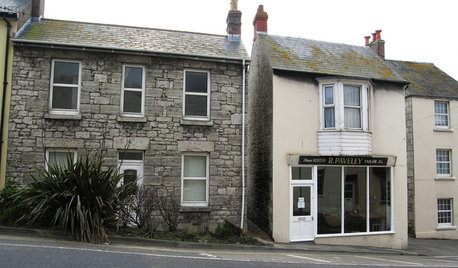
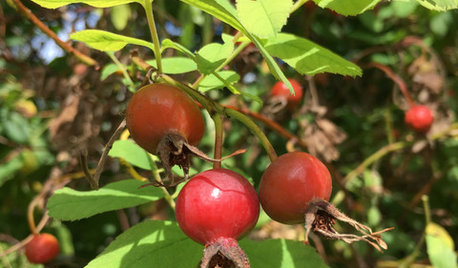



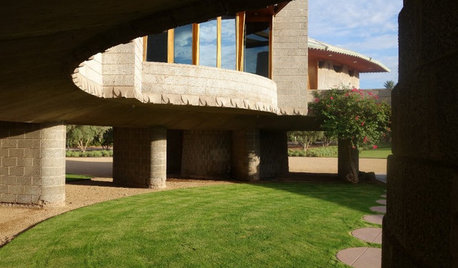

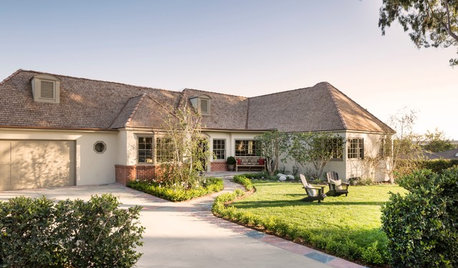








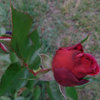
Related Discussions
Word Game: Words From A Word PART 2
Q
Name that Rose Game! Part 2
Q
Do roses like Washington State east of Seattle?
Q
NorCal east bay - roses are in at Alden Nursery in Livermore
Q